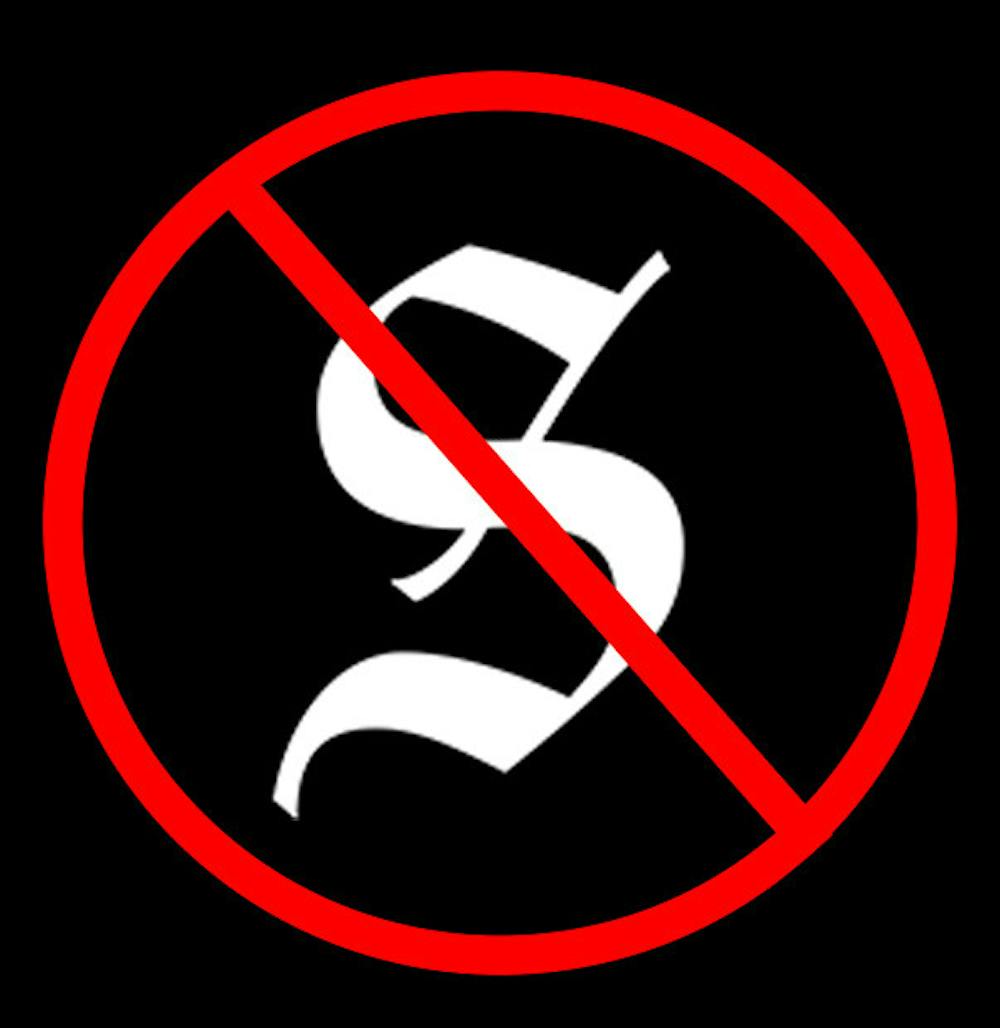The Setonian was suspended in February of 1964 — a decision that resulted in a protest of nearly 700 students throwing snow-covered stones at the South Orange police and fire departments. Consequently, the students were sprayed with a hose.
The students’ actions failed to meet the “purposes and ideals of the University,” University President Bishop John J. Dougherty said in a statement to the newspaper staff. He said students “abused” their First Amendment rights, and that too often, articles published in the Setonian reflected an “unwholesome spirit of cynicism.”
In particular, a column in the Feb. 20 issue titled, “Joe Seton” reflected students’ distaste for policies regarding attire and off-campus housing. Two students with beards were threatened with expulsion, and it was concerning these matters that the columnist questioned the ongoings of the University administration.
According to the New York Times, students convened to protest the ban and advocated for “a more liberal attitude” from the University on various student rights. The student body president later issued an apology to South Orange personnel on behalf of the student body for their actions.
Many expressed their sincere approval of the president’s decision, commending him for his response to the student body and describing them as “immature men who first must learn through experience what this world is all about.”
Others condemned the president, such as Richard N. Kimmel, who stated that the president was doing Seton Hall a “disservice” and accused him of succumbing to “a pressure for conformity to personal, local or Church dogma.”
Thomas Fahy, the vice president of instruction, said the ban disrupted the “normal academic functions” of the University and argued for a swift resumption of Setonian activities following the re-establishment of an executive board.
The Daily Pennsylvanian, the University of Pennsylvania’s undergraduate student newspaper, called Seton Hall an “academic wasteland,” claiming the University was doing an ‘injustice” to Catholicism and “hiding behind it.”
In a letter addressed to the president, alumni of the Setonian editorial board expressed their concern for the administration’s judgment regarding student journalism and its purpose. The alumni wrote:
“This balance between freedom and constraint becomes, then, the critical issue involved here. And this balancing cannot be achieved unless all the issues are adequately ascertained. In an article in the January, 1964 edition of ‘The Catholic School Editor,’ Donald McDonald, its founder, said this could be achieved 'by explaining the legitimate concerns of the administrators to the student editors and by explaining to the administrators, the importance of freedom in the work of reporting, editing and publishing.'”
Following the establishment of the next editorial board in April, the newspaper could resume publication.
Peyton Hruska is the head editor of the Campus Life section. She can be reached at peyton.hruska@student.shu.edu.





